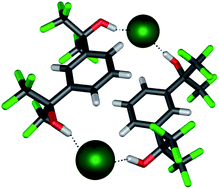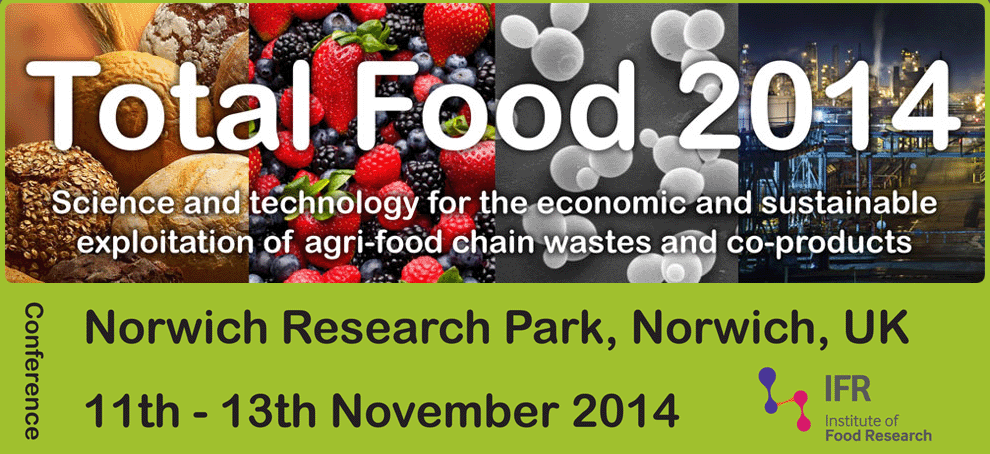 You can find me with great infrequency (ahem) pacing the wine, beers and spirit aisles of the supermarket trying to select the best wine for the occasion that I may be attending, be it dinner at friends or watching season four of Game of Thrones, alone, with a pizza. It may amaze you to know that, despite this penchant for the finer things in life, my wine tasting ability is a work in constant progress. Currently, my selection criterion for a bottle comprises two factors; 1) how pretty is the bottle and 2) how special is the special offer on it?
You can find me with great infrequency (ahem) pacing the wine, beers and spirit aisles of the supermarket trying to select the best wine for the occasion that I may be attending, be it dinner at friends or watching season four of Game of Thrones, alone, with a pizza. It may amaze you to know that, despite this penchant for the finer things in life, my wine tasting ability is a work in constant progress. Currently, my selection criterion for a bottle comprises two factors; 1) how pretty is the bottle and 2) how special is the special offer on it?
Finally, to save me from my ignorance, Tu San Park and co-workers have developed a paper microfluidic chip for red wine tasting. Their recent publication in RSC Advances details the development of a colormetric sensor array that can distinguish red wines by grape and oxidation state using principal component analysis. This isn’t just good news for me; This could be employed in the wine industry as a simple and low cost quality control check, helping to minimise the variation inherent by employing taste panellists.
What is exciting about this assay is the room for development. The authors have been investigating the alignment of the assay with a smartphone application that would be able to image the areas of interest and measure the red, green and blue pixel intensities. This data would then be reduced for principal component analysis.
The benefits of this low cost, portable check are obvious, especially for small wineries and also, small wine drinkers, like myself.
To find out more, click below to read the full article in RSC Advances. It’s free to access for the next 4 weeks:
Paper microfluidics for red wine tasting, Tu San Park, Cayla Baynes, Seong-In Cho and Jeong-Yeol Yoon, RSC Adv., 2014, 4, 24356–24362 (DOI: 10.1039/C4RA01471E)
















![GA[1]](https://blogs.rsc.org/ra/files/2014/09/GA1.gif)



![Mosquito-pupae-and-larva-underwater_shutterstock_134180213_300[1]](https://blogs.rsc.org/ra/files/2013/10/Mosquito-pupae-and-larva-underwater_shutterstock_134180213_3001.jpg)
![GA[2]](https://blogs.rsc.org/ra/files/2013/09/GA2.gif)